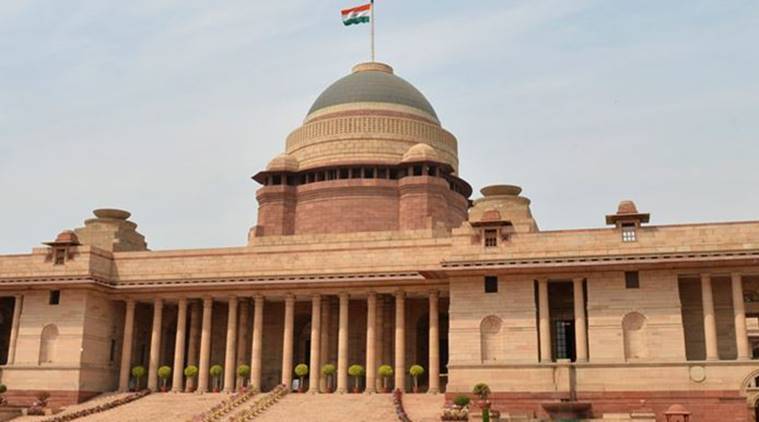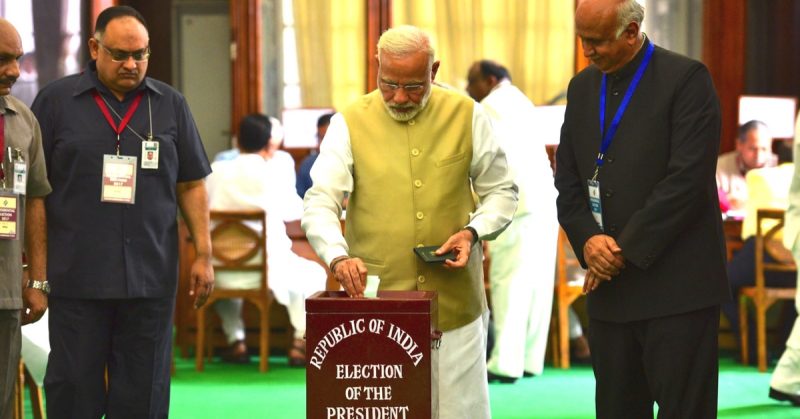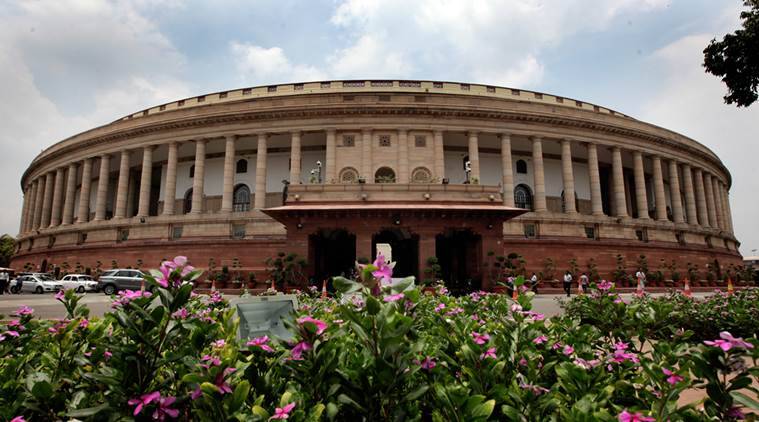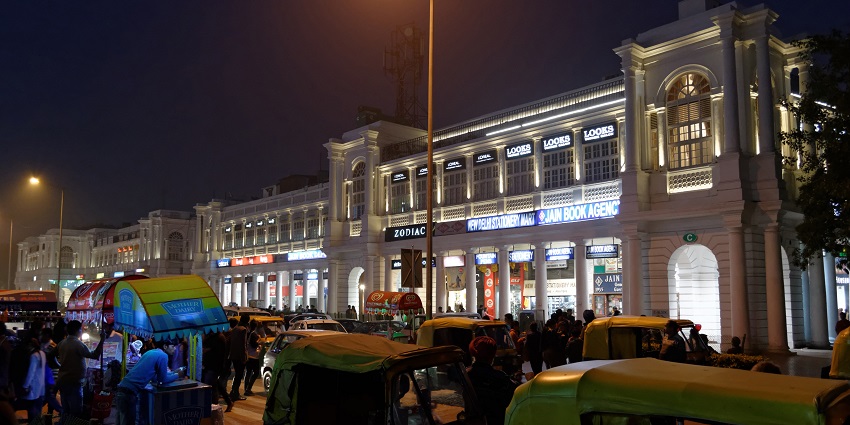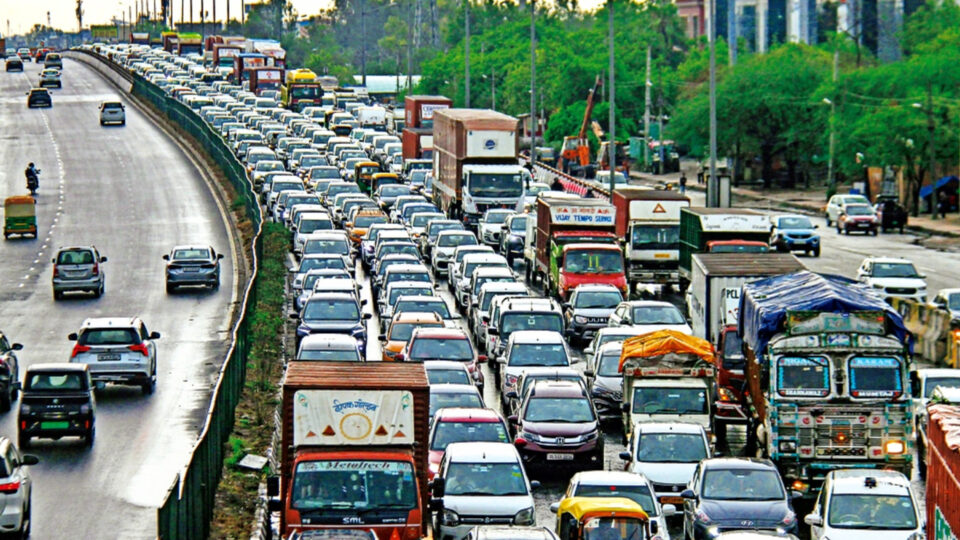
Do You Know How The President Of India Is Elected?
There are these little things in life that we feel we must know but we don’t. Like I must know why I and my ex broke up but I don’t.
Anyway, for a second, just read the headline once again and think if you ever have thought how is the President of India is elected? We don’t vote to elect him. Then how does he claim that important executive position that even makes him the Commander of the Indian Army?
Well, in this post, you will find everything you need to know about how the President is elected in India.
Step 1 – The President of India is indirectly elected
To be specific, the President of India is not directly elected but indirectly elected. He is elected by an electoral college comprising of the elected members of both houses of parliament (MPs), the elected members of the Legislative assemblies of all states (MLAs) and the elected members of the legislative assemblies of the Union Territories of Delhi and Puducherry.
Step 2 – The Dos by candidates
Anyone who is interested in running for the Presidential election in India must be an Indian citizen and must submit a signed list of 50 seconders and 50 proposers.
Seconders and Proposers are the people eligible to vote in the presidential election. The person running for the President seat must also submit ₹15,000 as security in RBI. Any candidate who manages to get less than 1/6 of the total votes doesn’t get his security back.
Step 3 – Finding the value of the vote of each MLA and MP
The next step is finding out the value of one vote. This means every MP and MLA’s vote has some value. This value is found by a formula.
Step 4 – Value of the vote of an MLA
The value of an MLA’s vote is found by dividing the total population of the state he is the MLA of by the total number of elected representatives in the Legatlve assembly (Vidhan Sabha). The result is then further divided by 1000.
For example, the total population of Madhya Pradesh, as per the 1971 census, was 30,017,180 and the total number of MLAs in Madhya Pradesh are 230. So 30,017,180 divided by 230 = 1,30,509.47. This when further divide by 1000 = 130.50.
So the value of the vote of each MLA in Madhya Pradesh is 130. And now that there are a total of 230 MLAs in Madhya Pradesh, this means the total value of votes by all MLAs of Madhya Pradesh would be 130*230 = 29,900.
In this way, the total value of votes of all the MLAs in the country in 2012 was 5,49,474.
Step 5 – Value of the vote of an MP
The value of a vote of an MP (Lok Sabha + Rajya Sabha) is found by dividing the total Value of votes of all the MLAs in the country by the Total number of elected MPs in Lok Sabha and Rajya Sabha.
So for example, the total value of votes of all the MLAs (See step 3) in 2012 was 5,49,474. This needs to be divided by the total number of MPs in both houses. There are 776 MPs (Lok sabha + Rajya Sabha) in India.
Now 5,49,474 divide by 776 is 708, which is the value of one MP’s vote.
To find the value of all the votes of MPs just multiple 708 * 776 = 5,49,408.
Step 6 – Total votes to be casted
So now we have the total number of votes to be casted in the presidential election, which is – Total value of the votes of all MLAs + the Total value of the votes of all MPs
5,49408 + 5,49 474 = 10,98,882
Step 7 – Number of votes a candidate will need to win
Also, note that the fact that the total number of valid votes (10,98,882) decides how many votes a candidate will need to become the winner. This is calculated by dividing the total number of valid votes by 2 and adding 1 to the result
10,98,882/2 + 1 = The votes a candidate will need to win the presidential election. (549,442).
Step 8 – Voting
The presidential election follows a single transferable vote system. This means that a voter will have to give their preference for the presidential candidates.
Suppose there are 3 candidates. So voters will give three preferences. For example, candidate C is your first preference. Candidate A is your second preference and candidate B your third.
The one who gets the least preferences at the end of the voting is eliminated. Then his/her votes are shared. The votes shared would be based on the voter’s next aka second preference.
For example, if candidate C got the least vote and is eliminated. The votes candidate C got will now be shared among A and B. Among the total people who voted for C, the ones who choose their second preference as A, their vote will go to candidate A and the ones who choose their second preference as B, their votes will go to B.
One who crosses the 549,442 ( See step 7) votes mark first wins the Presidential election in India.

